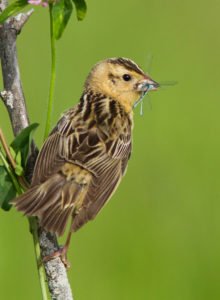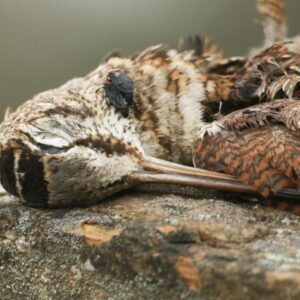The birds and the bees: A conversation about neonicotinoids
In the aftermath of the environmental destruction of the mid-1900s caused by the widespread use of synthetic pesticides, such as aldrin and the better-known DDT, many countries reached a consensus that we could no longer afford to continue using such devastating chemicals on our food and ecological systems.
Introduced as a safer, more efficient and an environmentally friendlier option, neonics (neonicotinoids) were developed by Bayer Crop Science and made available in the market in 1980’s to lead the charge as the next wave of pesticides for our agriculture industry.
Neonics are a class of systemic insecticides which target the nervous systems of insects with a lethal effectiveness and kills them. Bayer has always claimed that neonics are harmless to vertebrates and are environmentally friendly, as the pesticide itself is coated on the seed, which removes the need to spray toxic chemicals on a field, which would lead to toxic run-off and contamination of water systems.
This, however, is only half the truth. For the last decade, scientists around the world have been studying the environmental impacts of neonics and concluded that neonics are indiscriminately killing one of the most important members of the food web, the pollinators.
 Bees, and other pollinating insects, which are extremely vital in the continued production of our food are dying at a rapid rate, and strong evidence points to neonics. This evidence forced Health Canada (HC) to re-evaluate the impact of neonics on pollinators, which led HC to cancel certain uses of the pesticides, while implementing restrictions on other uses. In 2018, the European Union also expanded a ban on the three most common and widely-used neonics.
Bees, and other pollinating insects, which are extremely vital in the continued production of our food are dying at a rapid rate, and strong evidence points to neonics. This evidence forced Health Canada (HC) to re-evaluate the impact of neonics on pollinators, which led HC to cancel certain uses of the pesticides, while implementing restrictions on other uses. In 2018, the European Union also expanded a ban on the three most common and widely-used neonics.
A recent study published in the journal Science, researchers from University of Saskatchewan found that neonics, specifically imidacloprid, one of the more commonly used types of neonics, undermines the survival of songbird populations.
Researchers found that when White-crowned Sparrows, a wide-spread and relatively abundant migratory songbird, ingest small doses of the chemical, they experience significant weight loss and delays in migration due to disorientation. Chemically treated seeds left on the field at the time of planting could be extremely attractive and deadly source of food for songbirds. Over 90% of corn and 50% of soybeans are treated with neonics in the USA.
Migration is one of the toughest periods for a bird as it has to locate reliable sources of food to fuel its journey and only has a short window of opportunity to do it. A few days late could mean less food at stopover sites, more exposure to predators and fewer opportunities to find mates. Over 70% of farmland birds in North America are declining. Grassland birds are one of the fasted declining groups of birds in Canada, as determined by the State of Canada’s Birds 2019. Neonics appear to be another contributing factor to these declines.
Despite claims made by Bayer, researchers have found that neonics don’t stay within the confines of the seed it was applied to. In fact, only 2-20% of the chemical makes it into the plant, which leaves 80-98% of these neurotoxin chemicals unaccounted for. This could explain why researchers have found traces of neonicotinoids in other parts of the environment, such as surface water systems and untreated farm fields. Other studies have also detected neonicotinoids in a variety of different wildlife species, including rodents, birds of prey, mammals, fish and amphibians, indicating that neonicotinoids are directly or indirectly impacting different levels of the food chain.
Does this story sound familiar? We have seen the wanton destruction at the hands of synthetic chemicals, such as DDT, made corrections, yet we seem headed down the same path again.
DDT was completely banned from use in Canada and the USA in the early 1970s after many naturalists and activists, most notably Rachel Carson, voiced their concern of the unintended damage it was causing to our species and ecosystems. This, combined with strong management, brought back the impacted species from the brink of extinction, to the point that populations of birds of prey such as the Bald Eagle are actually rising in Canada.
Once again, we are at the same crossroads. Do we continue on the same path of using chemicals that indiscriminately destroy our native species, while ignoring the findings from scientists and naturalists? Or do we try to change the way we think and act? Rather than relying so heavily on costly chemical applications that time and time again have unforeseen impacts, could we not use nature to provide these services for free?
As always, the choice is ours.



